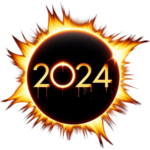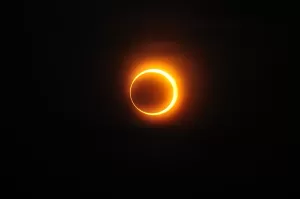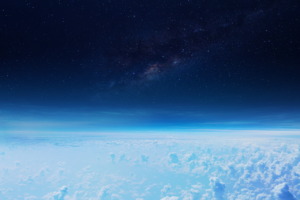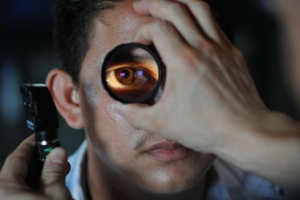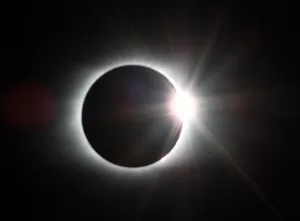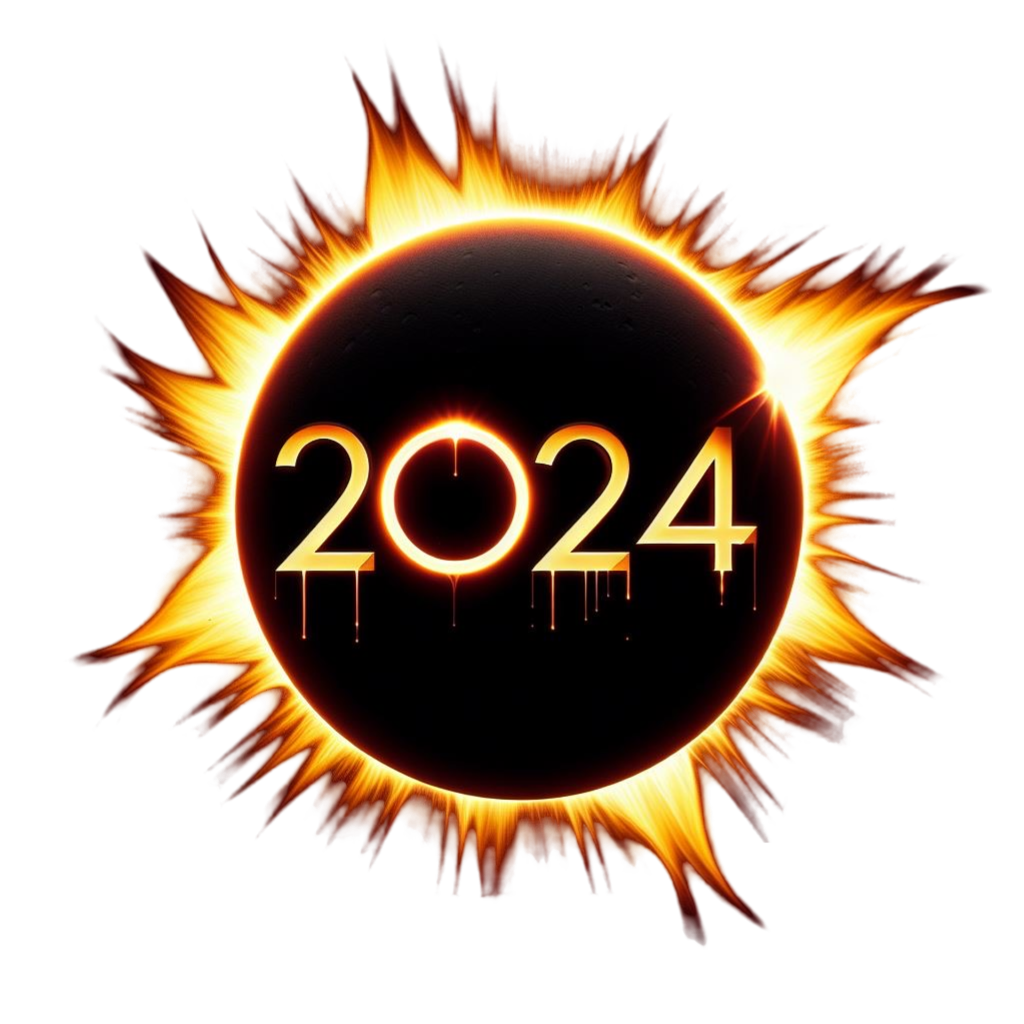Capturing the celestial spectacle of a solar eclipse is an exhilarating experience. However, it’s crucial to understand that without proper precautions, photographing or recording an eclipse can not only damage your digital equipment but also pose serious risks to your eyes. Here’s what you should know before pointing your camera or smartphone skyward.
Understanding the Risks
The intense light from the sun can cause irreversible damage to the sensor of a digital camera or smartphone. Just as the sun’s rays can burn the retina of your eye, they can also leave permanent marks on your device’s sensor, especially when focused through a lens. This is particularly true during the partial phases of an eclipse when the sun’s full power is not blocked by the moon.
Equipment Safety
-
Use Solar Filters: Before an eclipse, equip your camera or telescope with a solar filter. These filters are specifically designed to block out the harmful rays of the sun, protecting your equipment’s sensor. Ensure the filter fits snugly and inspect it for any damage before use. Traditional optical camera filters can be adapted to a mobile phone camera, but you can also use solar filter sheets to fashion your own. Both of these and more can be found by visiting the Eclipse Essentials shop.
-
Opt for Manual Settings: Auto-exposure and auto-focus can struggle under the unique lighting conditions of an eclipse. Manually adjust your settings for the best results. A lower ISO, high f-stop, and fast shutter speed are good starting points.
-
Telephoto Lens Caution: A telephoto lens can magnify the sun’s rays, increasing the risk of damage. Use solar filters designed for these lenses and never look through the lens directly without proper eye protection.
-
Interval Shooting: Consider using an interval timer to take photos automatically. This approach minimizes the time you spend looking directly at the sun through your device, reducing risk.
Personal Safety
While capturing the eclipse, it’s easy to get caught up in the moment and forget about personal safety. Remember, looking at the sun without proper eye protection can lead to serious eye damage or blindness.
-
Wear Solar Eclipse Glasses: Always wear ISO-certified eclipse glasses when looking at the sun, except during the brief total phase of a solar eclipse when the sun is completely covered by the moon.
-
Direct Viewing: Never use optical devices like cameras, binoculars, or telescopes without proper solar filters. Even with eclipse glasses on, the concentrated solar rays can penetrate and cause severe eye injury.
Conclusion
Photographing or recording a solar eclipse can be a rewarding experience if done correctly. By taking the necessary precautions to protect both your equipment and your eyes, you can enjoy the beauty of the eclipse without risking digital or optical damage. Remember, the key to a successful eclipse photography experience is preparation and safety. Visit the Eclipse Essentials shop for the equipment recommended to keep your eyes and devices safe.
